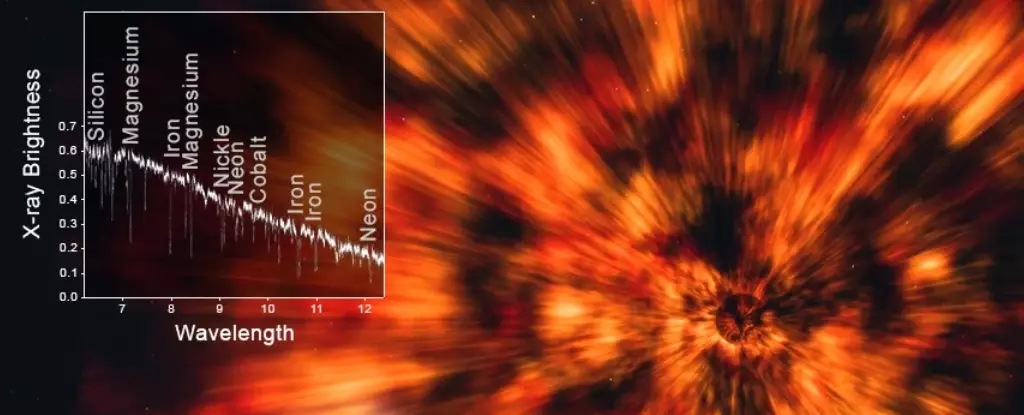Black holes have long captivated both scientists and the public, often shrouded in a veil of mystery and misconceptions. A prevalent fallacy suggests that black holes obliterate not only matter but also its historical context, effectively erasing the stories of what once was. Contrary to this belief, the legacy of matter is not entirely lost upon transgressing the event horizon. Research suggests that remnants of history linger around black holes, providing astronomers with vital clues about their formation and evolution.
The Enigmatic GRO J1655-40 System
One such intriguing discovery is that of the GRO J1655-40 system, a binary star arrangement that houses a black hole with a mass equivalent to seven times that of our sun, alongside a companion star boasting over three solar masses. This duo has a rich tale—originating from what was once a double star system before one of its members met a spectacular end as a supernova. In this cataclysmic event, one star became a black hole, while the other continues to live on, surrounded by the residual debris of the cosmic explosion.
Understanding this system’s past is akin to piecing together an elaborate puzzle involving the death of massive stars and the dynamic interactions of remnants. The research team used historical data captured by the Chandra X-ray Observatory in 2005 when the system exhibited extraordinary luminosity. This data allowed them to meticulously analyze the elements present in the system.
The Art of Astronomical Archaeology
The concept of “astronomical archaeology” emerges as a pivotal tool in unraveling the history of such systems. By examining the spectral data captured by Chandra, researchers identified an impressive 18 elements, each telling a unique story about its origins. The element dispersion directly corresponds to the progenitor star’s mass and composition, providing insight into its life cycle.
The researchers deduced that the forebear of the black hole had an astounding mass of 25 solar masses—a behemoth compared to its surviving companion. This substantial mass indicates that a significant portion of the progenitor’s material has been expelled into the cosmos, either during the supernova event itself or through extensive stellar winds over time.
A New Perspective on Stellar Evolution
This groundbreaking reconstruction not only sheds light on the lifecycles of individual stars but also on the overarching processes governing binary star systems. By employing similar methodologies on other astronomical configurations, we can aspire to create more comprehensive models of how massive stars evolve, die, and sometimes give rise to black holes or neutron stars.
The study of GRO J1655-40 exemplifies the intersection of theoretical understanding with observational data, allowing us to enrich our comprehension of the dynamic and often violent universe. As we delve deeper into the mysteries of these celestial giants, we bridge the gap between what we see today and the hidden histories that echo through the cosmos.

